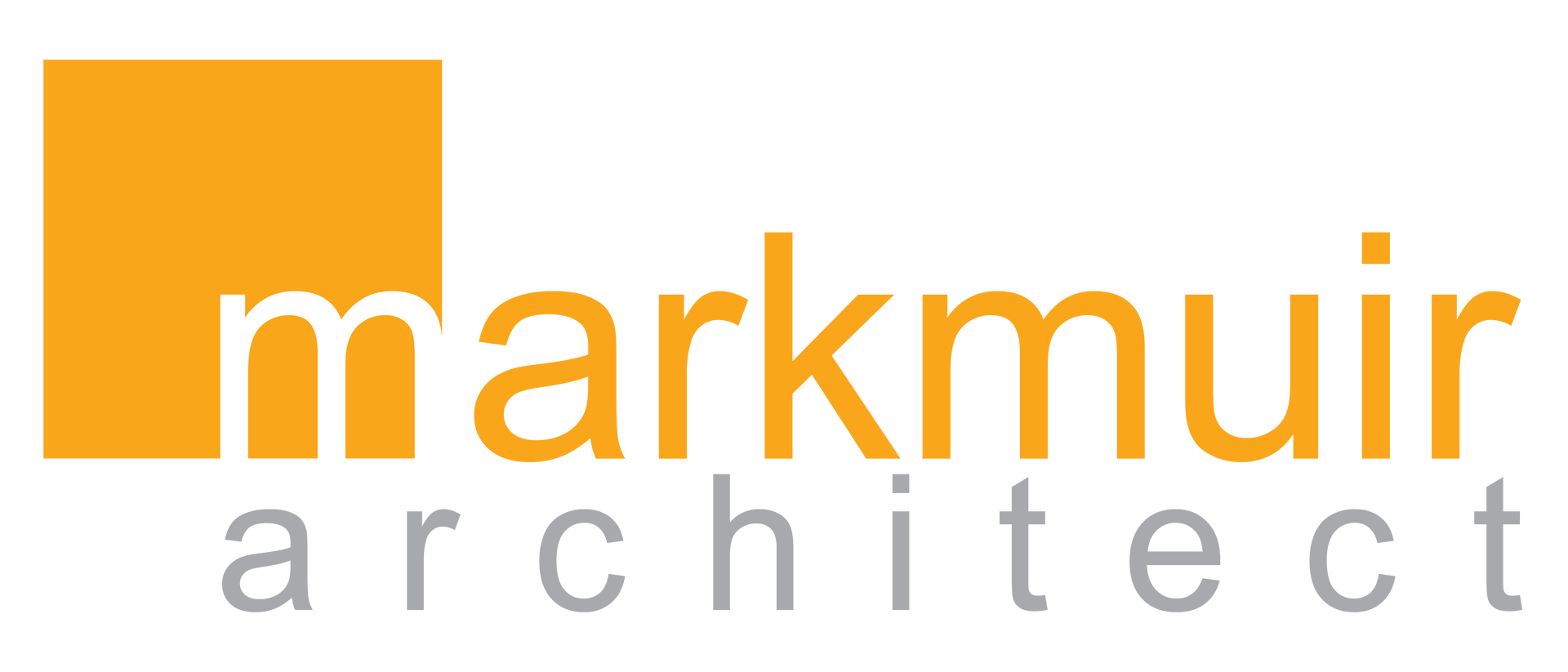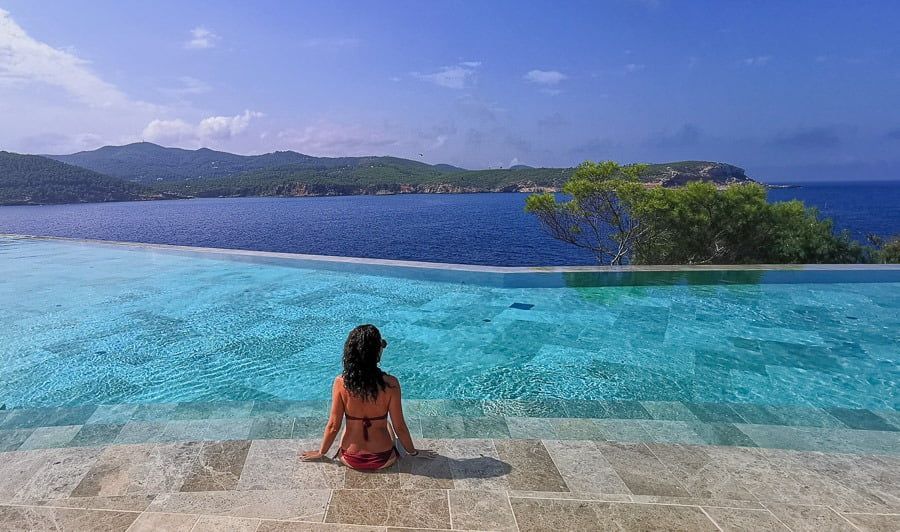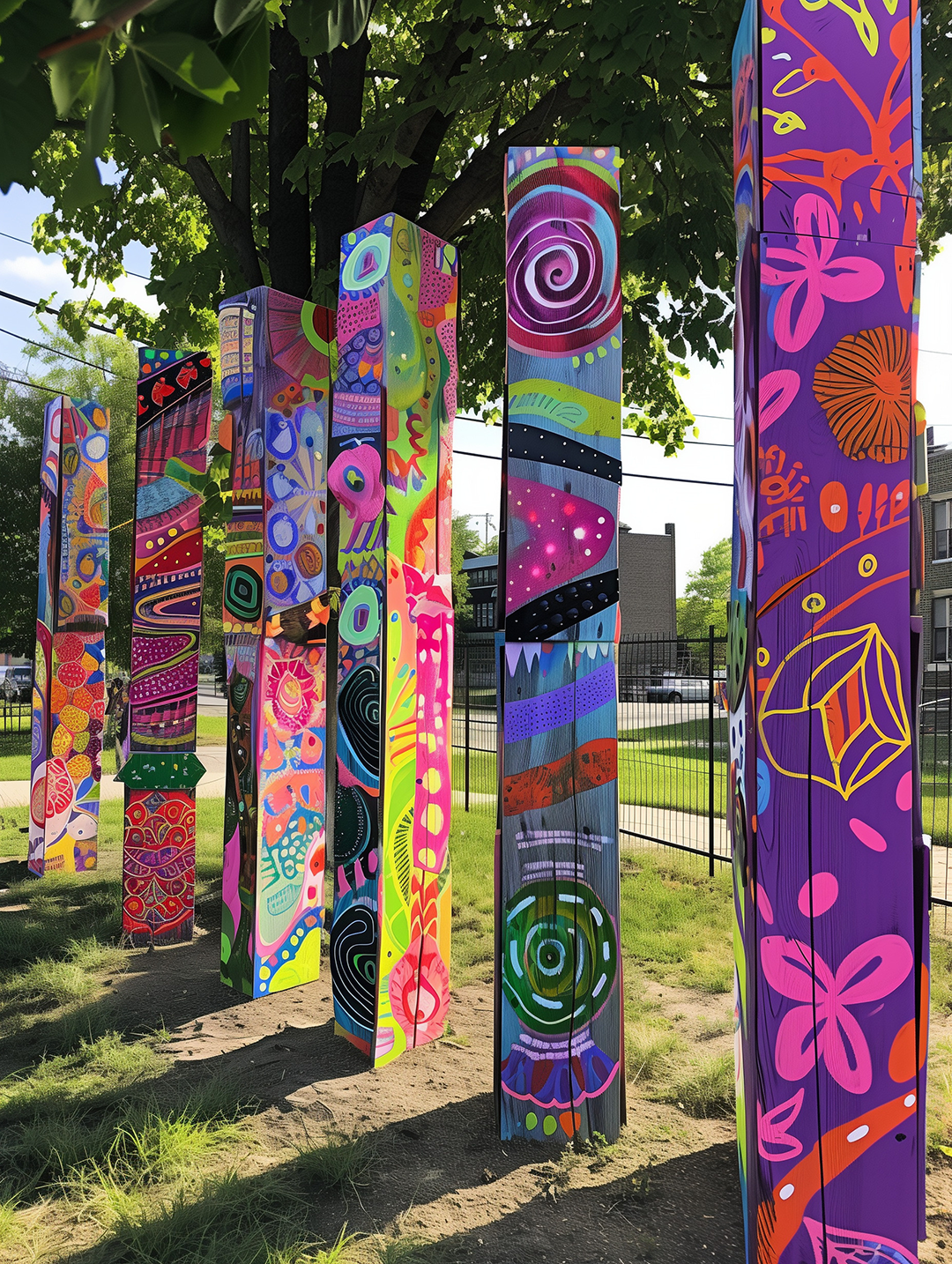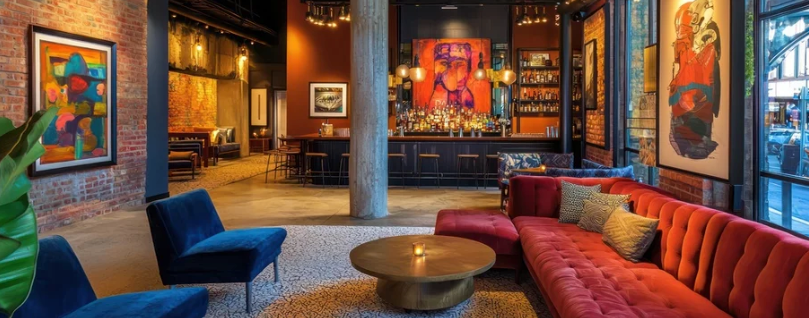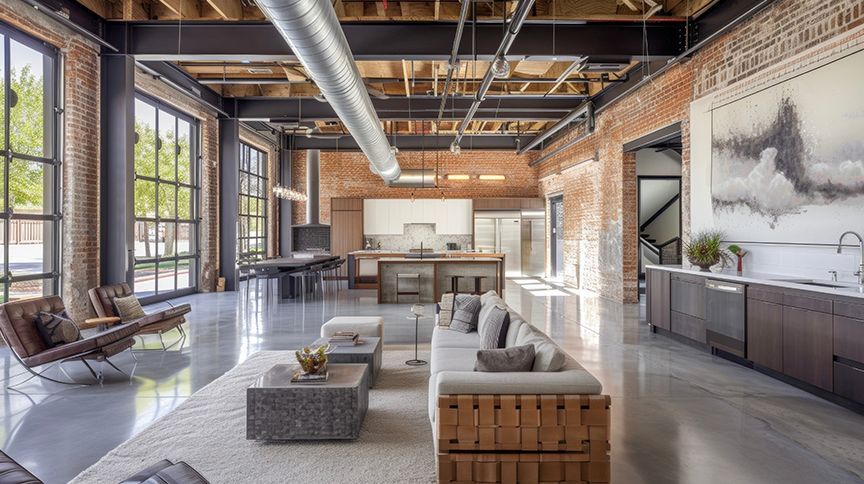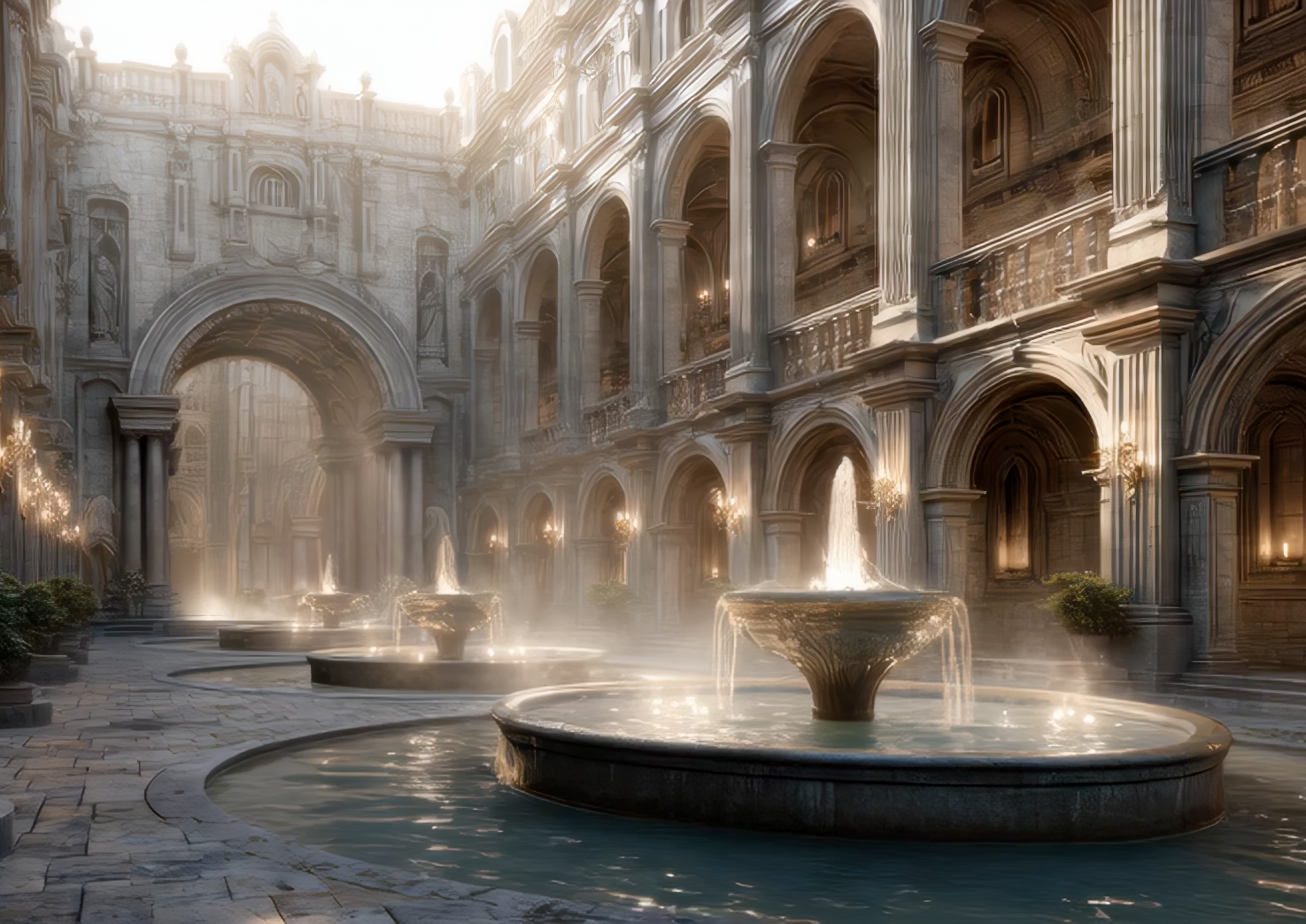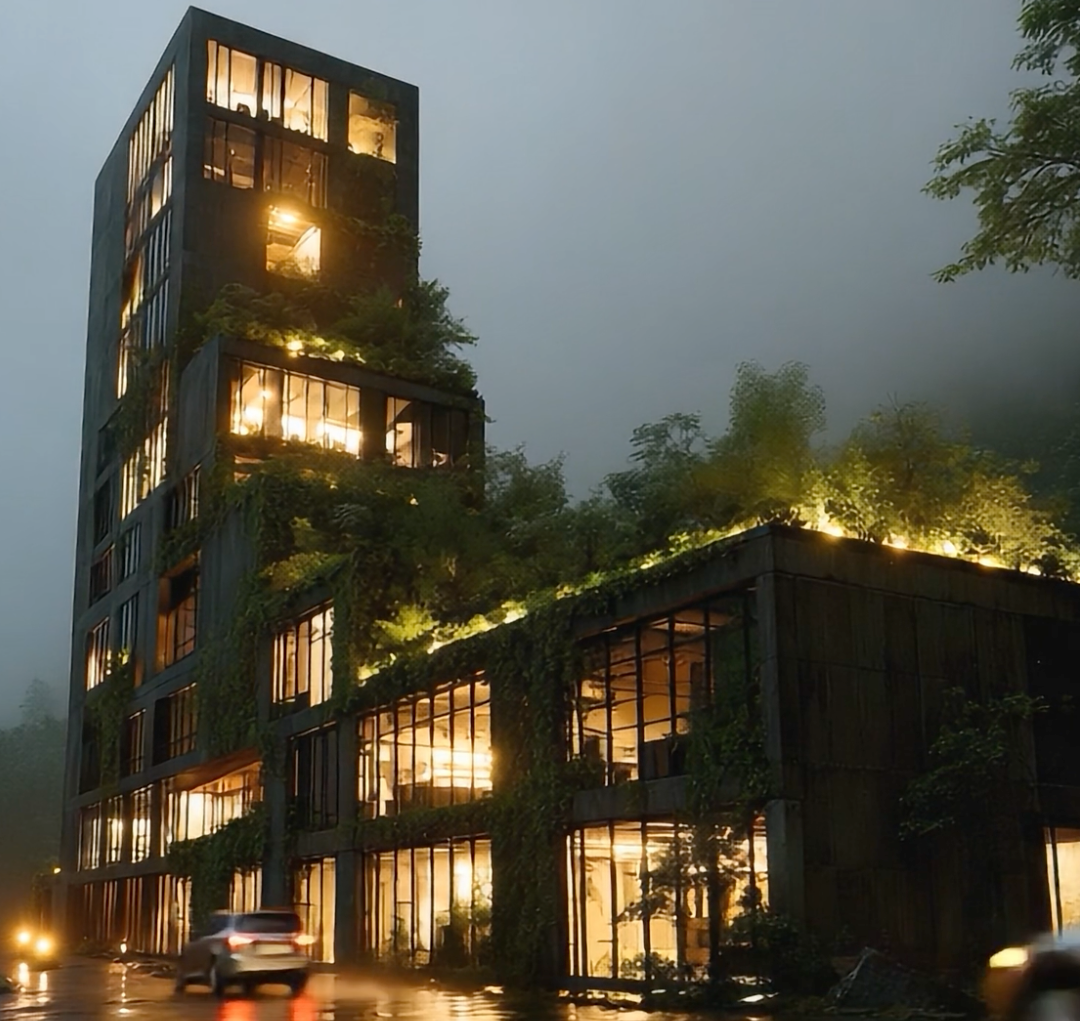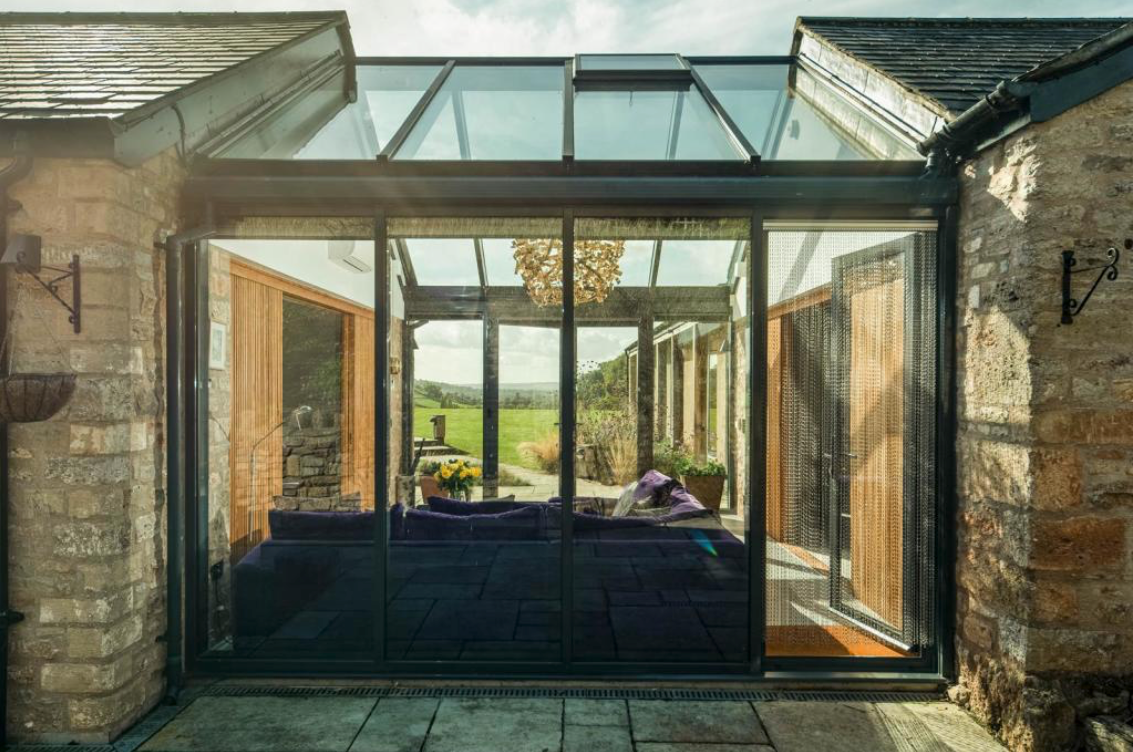What's Hot In Hotels 2025: No 5
Flexible and Multi-Functional Spaces
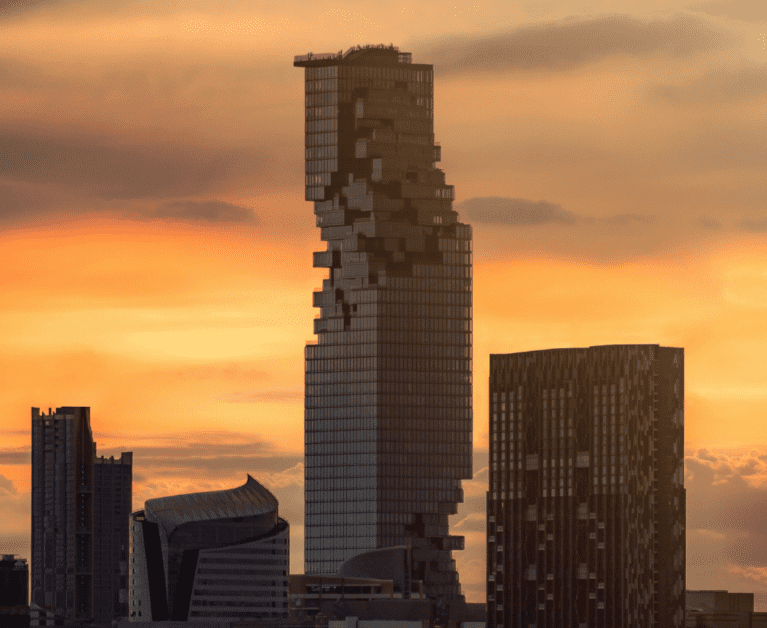
In today’s fast-evolving world, hotels are no longer just places to sleep—they're dynamic hubs that cater to work, wellness, socialising, and creativity. One of the most exciting trends shaping the hospitality industry is the rise of flexible and multi-functional spaces. Modern travellers are diverse in their needs, and hotels are responding by creating adaptable environments that serve multiple purposes seamlessly.
Why Flexibility Matters
The traditional boundaries between business and leisure have blurred. Guests now expect spaces where they can co-work in the morning, attend a yoga session in the afternoon, and enjoy a vibrant social event at night—all without leaving the hotel. Flexible design not only maximises the use of square footage but also creates a richer guest experience, boosting satisfaction, loyalty, and revenue streams.
This shift is influencing everything from lobby layouts and guest room configurations to rooftop terraces and event spaces. It's not just about offering amenities—it's about creating ecosystems that adjust fluidly to each guest's needs.
Exemplary Projects Leading the Way
1. The Standard, Bangkok Mahanakhon – Thailand
The Standard brand is known for breaking the mould, and their flagship hotel in Bangkok exemplifies the future of multi-functional design. Here, public spaces flow into each other effortlessly: the lush garden lounge becomes an outdoor meeting spot by day and a cocktail garden by night. The hotel’s event spaces are intentionally designed to be highly customisable, hosting anything from intimate workshops to grand fashion shows. Even guest rooms can be easily adapted, with modular furniture and convertible layouts supporting work, relaxation, or entertainment.
2. Ace Hotel Kyoto – Japan
Ace Hotels have always celebrated local culture and flexibility, and the Kyoto property takes it to a new level. Designed by famed architect Kengo Kuma, the hotel's communal spaces—like the lobby, courtyard, and lounge areas—serve as an ever-changing platform for art exhibitions, live performances, co-working, and community events. The seamless integration of indoor and outdoor spaces allows for natural adaptability, fostering an environment where both locals and visitors feel equally at home.
3. The Hoxton, Downtown LA – USA
The Hoxton brand is another pioneer in crafting multi-use environments. In Downtown LA, the hotel lobby doubles as a lively co-working space during the day, while the rooftop transforms from a relaxing poolside retreat to a bustling nightlife venue after dark. Meeting rooms, cleverly named "The Apartment," are set up like a real home and can be used for board meetings, private dinners, or creative brainstorming sessions—all in one place.
Looking Ahead
As guest expectations continue to evolve, hotels that embrace flexible, multi-functional design will stand out in a crowded market. The goal is not just to accommodate travellers but to anticipate their changing rhythms, offering spaces that feel intuitive, inspiring, and versatile.
Whether it's the digital nomad setting up a temporary HQ, a family combining leisure and remote work, or locals seeking vibrant communal hubs, adaptability is the new luxury.
For hotels ready to lead the future, the message is clear: create spaces that can transform, and your guests will return again and again.
Of course read more about how it all connects and forms a thriving haven in your Boutique Hotel here
